The Vore Site is closed for the season. See you 1 June 2024.
Tour operators and educators, please contact us to schedule tours off season and to discuss rates.
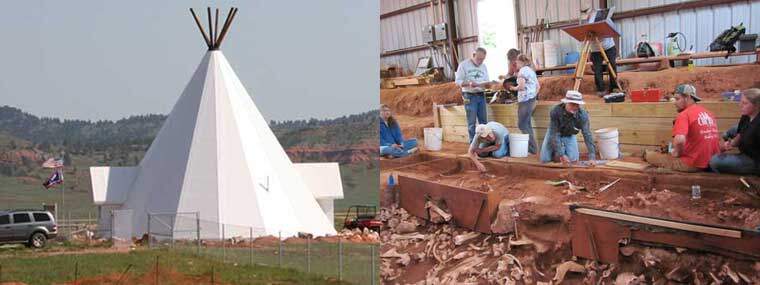
Modern Discovery
In the early 1970’s, the route for Interstate Highway 90 was surveyed across the southern portion of the Vore ranch. To determine the stability of the site, the Wyoming Department of Transportation created a crude road into the sinkhole and used a small rig to drill several holes in the bottom. Almost immediately the drill brought up quantities of buffalo bone. A decision was made to move the interstate south of the sinkhole and to notify archaeologists from the University of Wyoming (US) that a cultural site of unknown size and importance had been discovered.
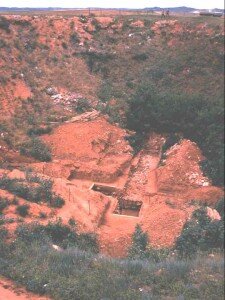
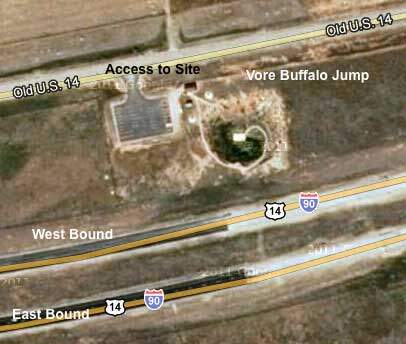
The Vore Site is closed for the season. See you 1 June 2024.
Tour operators and educators, please contact us to schedule tours off season and to discuss rates.

Modern Discovery
In the early 1970’s, the route for Interstate Highway 90 was surveyed across the southern portion of the Vore ranch. To determine the stability of the site, the Wyoming Department of Transportation created a crude road into the sinkhole and used a small rig to drill several holes in the bottom. Almost immediately the drill brought up quantities of buffalo bone. A decision was made to move the interstate south of the sinkhole and to notify archaeologists from the University of Wyoming (US) that a cultural site of unknown size and importance had been discovered.


Preserving the past for future generations!
Vore Buffalo Jump Foundation (VBJF)
In 2001 the property was transferred to the non-profit VBJF which is committed to realizing the Vore Site’s incredible potential for scientific, educational, and cultural programs and to making the site available to visitors from all parts of the world. The VBJF is small and has very limited resources, but it has succeeded in making site improvements each year.
The Foundation is actively working to establish permanent facilities with the goal of creating a world-class research, education, and cultural center at the Vore Site.
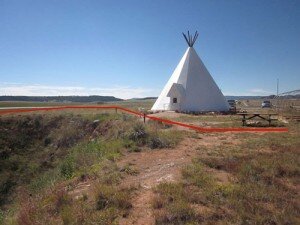
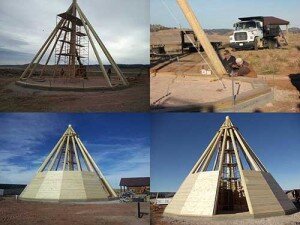
Preserving the past for future generations!
Vore Buffalo Jump Foundation (VBJF)
In 2001 the property was transferred to the non-profit VBJF which is committed to realizing the Vore Site’s incredible potential for scientific, educational, and cultural programs and to making the site available to visitors from all parts of the world. The VBJF is small and has very limited resources, but it has succeeded in making site improvements each year.
The Foundation is actively working to establish permanent facilities with the goal of creating a world-class research, education, and cultural center at the Vore Site.


Much yet to learn and a great place to learn it!
Bone and stone artifacts
Because only about 10% of the Vore Buffalo Jump has been excavated, there is potential for decades of scientific research in several different disciplines…archaeology, tribal ethnohistory, zoology, geology, and paleoclimatic studies. Dozens of technical papers based on data from the Vore site have already been published. Just as the Black Hills attracted Native Americans, visitors from around the world are fascinated by Plains Indians. Because it is literally a stone’s throw from one of America’s busiest highways, the Vore Buffalo Jump is also the most accessible of the major Plains Indian sites to the traveling public. The Vore Site thus provides a perfect physical context for illuminating Plains Indian culture and history and presenting it to visitors.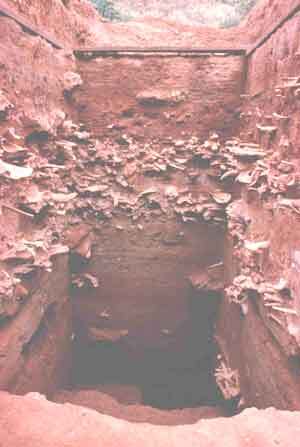
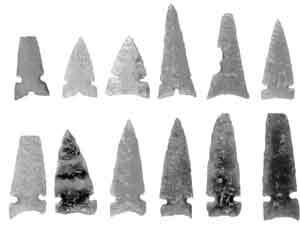
Much yet to learn and a great place to learn it!
Bone and stone artifacts
Because only about 10% of the Vore Buffalo Jump has been excavated, there is potential for decades of scientific research in several different disciplines…archaeology, tribal ethnohistory, zoology, geology, and paleoclimatic studies. Dozens of technical papers based on data from the Vore site have already been published. Just as the Black Hills attracted Native Americans, visitors from around the world are fascinated by Plains Indians. Because it is literally a stone’s throw from one of America’s busiest highways, the Vore Buffalo Jump is also the most accessible of the major Plains Indian sites to the traveling public. The Vore Site thus provides a perfect physical context for illuminating Plains Indian culture and history and presenting it to visitors.

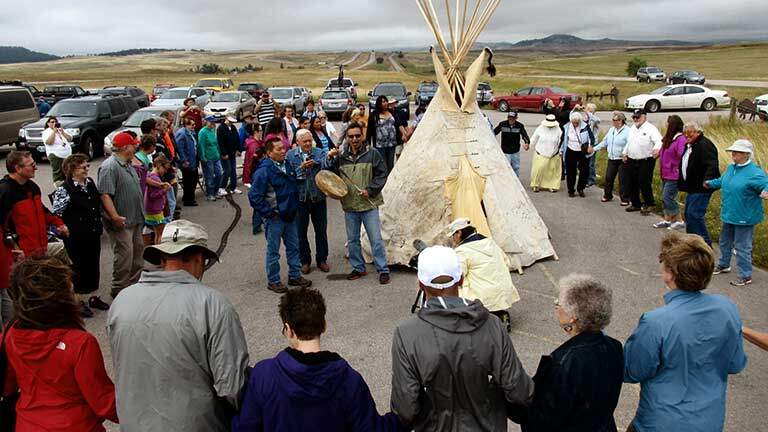
The Vore Buffalo Jump Foundation can't do it alone.
We are attempting to save the past for future generations. Your admission fees and generous donations helps us as we continue our research and development of this extremely important archaeological site of the Late-Prehistoric Plains Indians.
